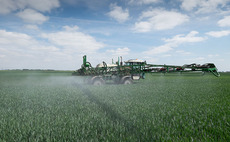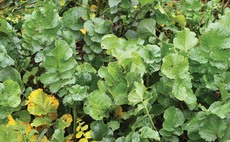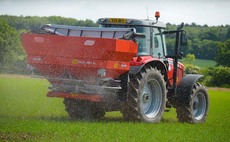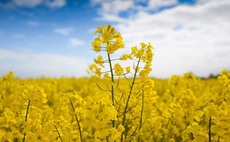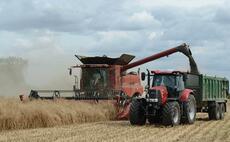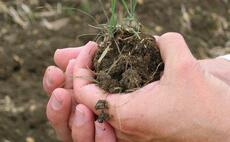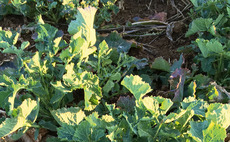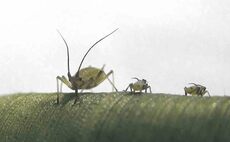Arable Farming
Arable
‘Test and trace’ has become a well coined phrase during 2020, but it is also a practice that can be applied to improve crop management.
Arable
Crop health faces huge challenges including climate change, biosecurity, pesticide availability, legislation and pesticide resistance.
Arable
With many cover crops growing well this autumn thanks to good September moisture, management over winter will be important to ensure soils are in the best state for spring crops.
Arable
If food production is to reach net zero targets, policy makers need to secure fair returns for farmers by incentivising climate neutral food production.
Arable
Oilseed rape plantings have fallen to their lowest level since 1986 at 318,000 hectares, according to AHDB’s Early Bird planting survey.
Arable
The 2020 season saw a wet autumn and winter, followed by a dry spring and a dull summer. Despite this, YEN estimated autumn sown crop potential of 18 tonnes per hectare this year.
Arable
Cheap fungicide programmes produced top margins for the AHDB winners of ADAS’ 2020 Wheat Fungicide Margin Challenge.
Arable
High dormancy levels in freshly shed black-grass seeds have led to particularly prolonged germination this year.
Arable
Despite good oilseed rape establishment across much of the country this season, growers should be alert to the possibility of significant larval damage in the spring, as cabbage stem flea beetle pressures may not have fallen.
Arable
The mild autumn conditions are extending the BYDV period of infection later into the year than would normally be expected.

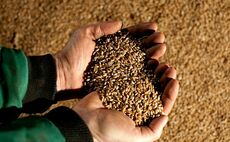
 28 November 2020
•
2 min read
28 November 2020
•
2 min read
